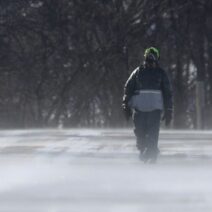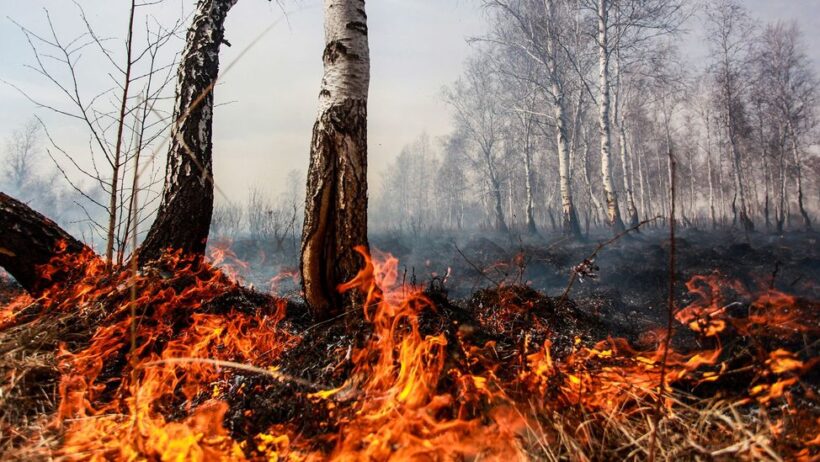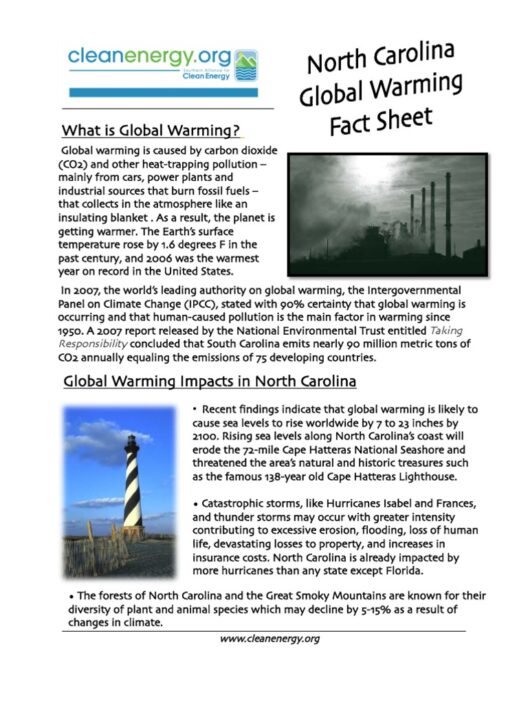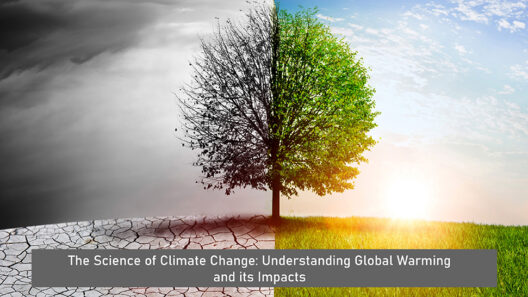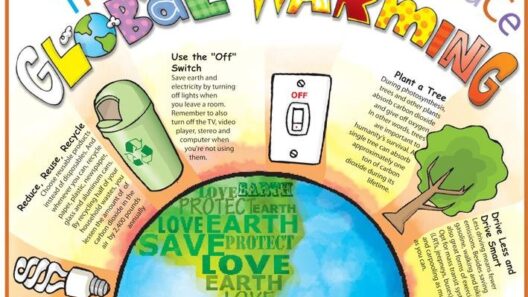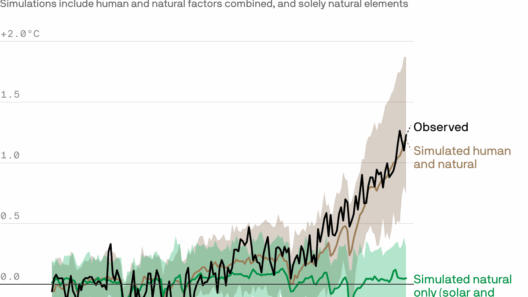In recent years, the scientific community has reported alarming phenomena linked to climate change, with one of the most disconcerting being the unprecedented wildfires igniting in various parts of the world, including regions that were once considered inhospitable to such events. Among these, Antarctica—typically synonymous with ice and desolation—has begun to reveal a disquieting reality: flames in the land of frost. To dismiss the reality of global warming becomes increasingly untenable as dramatic environmental shifts unfold before our eyes.
Wildfires are not just confined to temperate or tropical regions; they have now breached the icy perimeter of Antarctica. These fires, meaningfully termed “pyrocumulonimbus,” occur when intense heat from a fire creates towering clouds that can produce lightning and even further fire. The flames in Antarctica, which were historically a mere figment of imagination, are becoming a tangible reality. Evidence of these fires signifies a broader environmental crisis exacerbated by climate change.
The South Pole is undergoing unforeseen transformations not only because of rising temperatures but also due to changing weather patterns that allow conditions for wildfires to develop in unprecedented locations. In the past, Antarctica has remained largely stable, but rising global temperatures have led to the thinning of the ice sheets and an increase in meltwater, which can foster the growth of vegetation. This new vegetation, while seemingly innocuous, becomes fuel for fires, establishing a precarious cycle that further contributes to global warming.
Burning vegetation has dire consequences: it releases significant amounts of carbon dioxide—a greenhouse gas—into the atmosphere, which exacerbates the warming trend. The cycle is vicious; warmer temperatures lead to more fire, which then leads to more greenhouse gases, further intensifying the overheating of our planet. The stark reality of this feedback loop illustrates that even the most remote and frigid environments are not immune to the adverse impacts of human-induced climate change.
Moreover, the fires in Antarctica are not merely an isolated event. They are part of a larger tapestry of climate-related phenomena affecting ecosystems across the globe. For example, prolonged droughts and elevated temperatures have kindled wildfires in the Arctic tundra, in the forests of the Amazon, and throughout the Mediterranean region, all of which are interlinked. These global patterns provide evidence that climate change does not respect borders; it ripples through our interconnected environments, resulting in compounded devastation.
Through the lens of biodiversity, the ramifications are extensive. Many species rely on stable, cold habitats. As the Antarctic landscape shifts and vegetation increases, the delicate balance of life that has thrived in these extreme conditions may be thrown into chaos. Changes in habitat lead to challenges in food sources, mating patterns, and predator-prey relationships, all of which can lead to declines in species populations. The melting ice of Antarctica is not only revealing new ecosystems but is also contributing to their fragility.
Climate scientists assert that the wildfires in Antarctica may be a portent of more catastrophic events to come. The observed trends demonstrate that if global temperatures continue to rise, the scenario of wildfires in once icy landscapes may become a regular occurrence. The underlying sentiment is clear: humanity is inextricably linked to the fate of the planet, and the ramifications of continued inaction are dire.
Public perception and understanding of climate change remains a pivotal hurdle in addressing this global dilemma. While the science is robust, skepticism persists in some circles. However, the visual devastation observed in Antarctica—where one traditionally might expect pristine ice—serves as a clarion call to the urgency of climate action. Ignoring the reality of global warming not only neglects the scientific data but also undermines the lived experiences of those witnessing climatic shifts firsthand.
Education on climate change becomes imperative in this context. Awareness campaigns, social initiatives, and policy-based frameworks must emphasize that the implications of warming are far-reaching and multifaceted. Ongoing dialogues must engage diverse audiences, drawing connections between scientific data and personal stories to bridge the chasm between skepticism and understanding. As more individuals comprehend the interconnectedness of ecosystems and the influence of anthropogenic activity, the impetus to foster change will undoubtedly grow stronger.
For those advocating for climate action, the fiery realities of Antarctica exemplify a critical point of convergence: the intersection of human activity and environmental consequence. There is no denying that the planet’s climate is in tumult. The scientific consensus on climate change is not merely conjecture; it is a clarion call exploring the ramifications of our actions on ecosystems previously thought impervious to change.
The ongoing calamities, including wildfires in places such as Antarctica, serve as a microcosm of a larger crisis; thus, they demand our collective attention and action. As inhabitants of Earth, it is our responsibility to advocate for policies promoting renewable energy, conservation, and sustainable practices to mitigate the effects of climate change. The time for realizations and reactions is now. The heart of Antarctica—once a silent witness to time—now bears witness to the urgent need for a unified response to safeguard our planet for future generations. Only through mutual understanding, informed dialogue, and sustained effort can we hope to heal the scars inflicted upon the Earth and ensure that the fires that rage in Antarctica do not spread further, enveloping our entire world in devastation.


